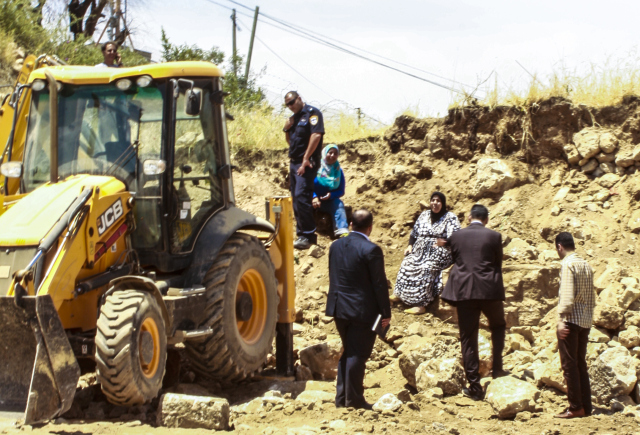Tag: Settlement expansion
-
Olive tree planting in Kafr ad Dik
7th February 2015 | International Solidarity Movement, Nablus Team | Kafr ad Dik, Occupied Palestine On the morning of February 5, ISM volunteers travelled with around 50 Palestinian activists from the Salfit area to the village of Kafr ad Dik to take part in an olive tree planting action organised by the Joint Council of Salfit…
-
A Palestinian story of resistance: The Abu Haikal family
31th May 2014 | Christian Peacemakers Team | Hebron, Occupied Palestine With only a sliver of their land left to protect, having their entire lot of land encircled by Israeli settlements, Faryel and Arwa Abu Haikal climbed over a pile of rubble and boulders and stopped the Israeli bulldozer from shearing further into their property, dumping their…



